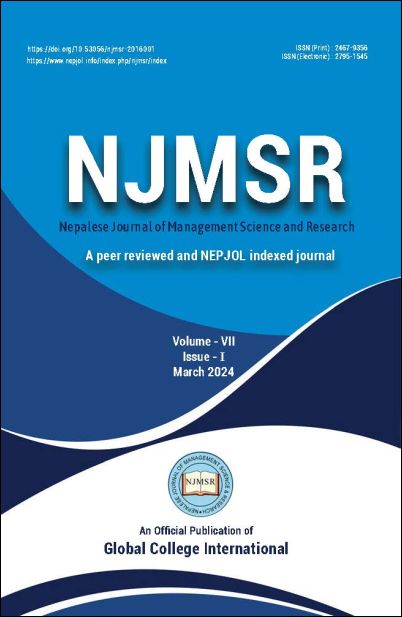Capital Structure Choice and the Firm Value in The Indian Automobile Sector: An Empirical Exploration Using Panel Threshold Regression Approach
Keywords:
Optimal capital structure, Panel threshold regression, Firm’s value, Trade-off theoryAbstract
Over the past 50 years, there have been significant studies conducted on the relationship between capital structure and firm value; however, the outcome of these studies was controversial in the subject of finance; and the findings have sparked debate in the field of finance because theories on the subject predict inconsistent results or no statistically significant relationship. Prior studies of capital structure have often relied on data from developed countries. However, those theories apply to countries other than developed countries that still need to be explored. In order to determine the impact of capital structure on a firm’s value, this study identifies whether there is an optimal leverage proportion at which a firm can maximize its value. An advanced panel threshold regression model is applied to test the panel threshold effect of debt ratio on firm value among 93 listed Indian automobile and ancillary firms from 2004 to 2020. The findings indicate a double-threshold effect and show an inverted “U” association between leverage and firm’s value. The empirical findings using the portent panel threshold regression model confirm the nonlinear relation and identify the exact turning point of debt effectiveness. Moreover, the findings show that debt positively relates to firm value when it has not reached the threshold value. However, it must be highlighted that increasing debt above the threshold value established in this study will reduce the firm’s value. The findings of this study is consonant with the trade-off theory.
Downloads
Downloads
Published
How to Cite
Issue
Section
License
Copyright (c) 2024 Nepalese Journal of Management Science and Research

This work is licensed under a Creative Commons Attribution-NonCommercial-NoDerivatives 4.0 International License.
This license enables reusers to copy and distribute the material in any medium or format in unadapted form only, for noncommercial purposes only, and only so long as attribution is given to the creator.

